CUSTOM HARDWOOD CENTER
Hardwood | Species Guide
Red Oak:
The most abundant growing species in the United States. The sapwood of Red Oak
is white to light brown while the heartwood has a pinkish reddish brown tone. It comes in four different grades:
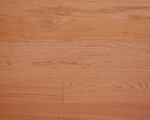
Quartersawn
highest quality with almost no knotholes or color deviation.
Smooth Finish suggested.
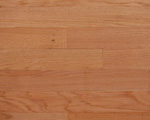
Select
Second highest quality with few knotholes and very slight color deviations. Smooth finish suggested.
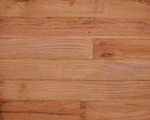
#1 Common
Third highest quality with more pronounced knotholes and color
deviations. Suggest hand scraped or smooth.
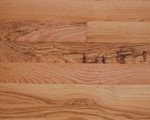
#2 Common
Lowest quality with many knotholes and color deviations. Suggest hand scrape only.
White Oak:
Similar to Red Oak but is slightly more dense and has longer rays. The sapwood is light colored and the heartwood is light to dark brown. Comes in the same four grades as Red Oak:
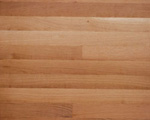
Quartersawn
highest quality with almost no knotholes or color deviation.
Smooth Finish suggested.
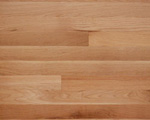
Select
Second highest quality with few knotholes and very slight color deviations. Smooth finish suggested.
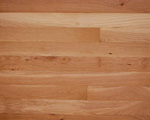
#1 Common
Third highest quality with more pronounced knotholes and color
deviations. Suggest hand scraped or smooth.
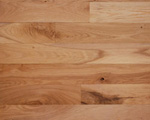
#2 Common
Lowest quality with many knotholes and color deviations. Suggest hand scrape only.
Cherry:
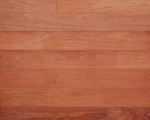
American Cherry grows primarily in the Midwestern and Eastern United States and is very hard and dense. The sapwood varies from a rich red to reddish brown and will darken with age. The sapwood tends to be a creamy white. Smooth Finish Suggested.
Hickory/Pecan:
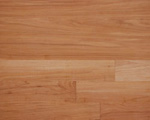
Hickory is the hardest, heaviest, and strongest American wood. The sapwood of hickory is white and the heartwood is pale to reddish brown. Can be finished smooth or hand scraped.
Maple:
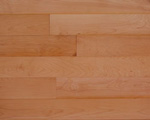
Growing in the Pacific Northwest, maple tends to be light but a very dense wood. Generally there is no marked difference between the sapwood and heartwood. Because of its density, maple is not recommended for high humidity areas. Smooth Finish suggested.
Pine:
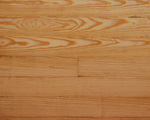
Tends to be a soft wood that absorbs moisture very well and is recommended for high humidity areas. The sapwood in pine is usually light yellowish-white while the heartwood tends to be yellowish-orange. Can be finished smooth or hand scraped.
Reclaimed Pine:
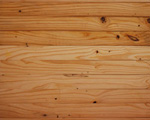
Same characteristics as Pine, however it is recycled from old buildings (usually barns)
Walnut:
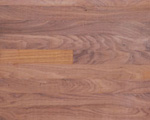
Grows primarily in the Eastern United states. The sapwood tends to be white while the heartwood ranges from a deep chocolate to purplish black. Walnut is great for borders and is finished smooth.
Mesquite:
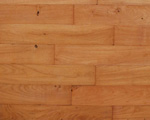
Grows primarily in the Southern United states and is known for being a very hard and durable wood. The sapwood tends to be pale while the heartwood is reddish brown. Usually contains lots of knotholes and a smooth finish is recommended.


